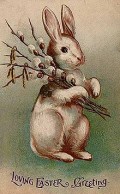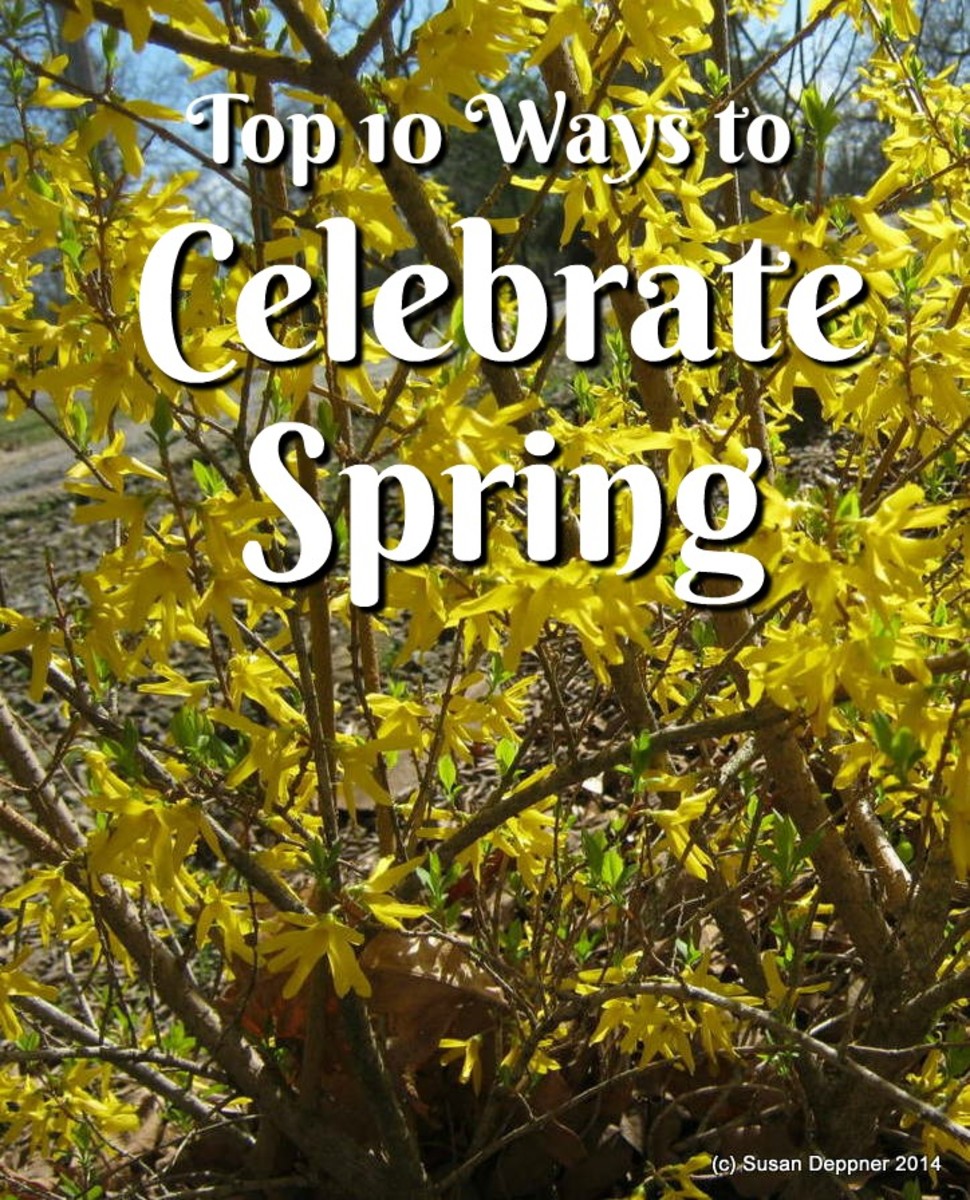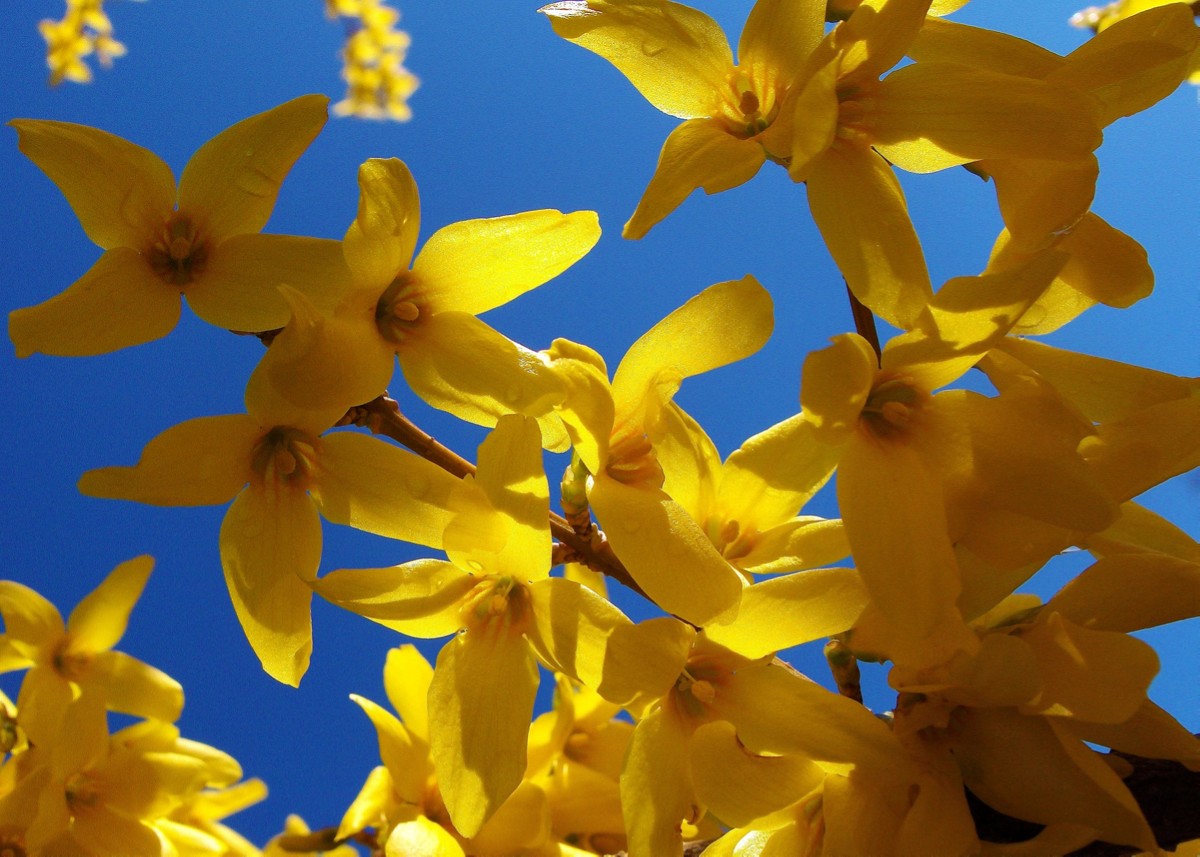Spring is sprung – and I love it!
The in-between seasons
I love the in-between seasons. I find gentle spring more appealing than its hot-blooded successor, summer. I find autumn more appealing than its austere successor, winter.
In South Africa we are just entering into the first tentative days of spring, new leaves budding on the hydrangea bush (Saxifragaceae) at our front door, buds on the freesias (Iridaceae) and on the Brunfelsia (Solanaceae), promising warm fragrant days and scented evenings.
In the mornings I hear the dawn patrol of hadeda ibises coming up for the valley below in ragged formations, squawking and shouting at each other. In the garden the Cape robins hop about catching whatever they can to eat, their red breasts and little white patches on their heads glowing in the early morning sunlight.
Grey louries sit on impossibly thin branches at the tops of the trees shouting “go-way!” to all and sundry while clinging onto the perilously swaying branches, seemingly at every moment in serious danger of falling off.
Gusts of wind, cold, cold wind, remind me from time to time that winter has still not entirely let go. The wind blows some seed-pods off the tree next door which lie all over the lawn, making it look like autumn again.
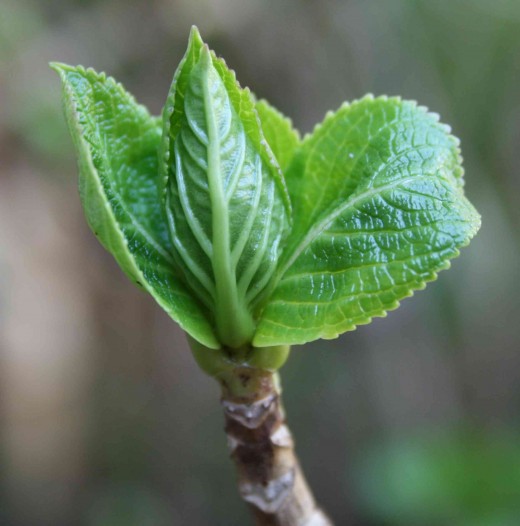
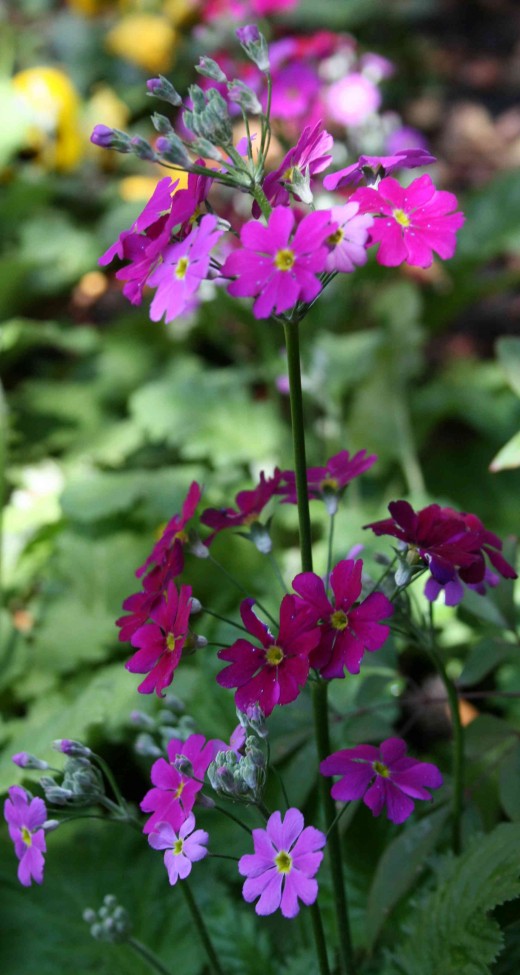
The season of simple pleasures
Spring is the season of simple pleasures and love, the time for new beginnings in green shoots and buds. As Robert Frost wrote (in “A Prayer in Spring”):
Oh, give us pleasure in the flowers to-day;
And give us not to think so far away
As the uncertain harvest; keep us here
All simply in the springing of the year.
Spring has a certain hedonistic feel to it – one wants to bask in the present, feeling the glorious sun on one's back after the cold and austerity of winter.
Indeed spring is perhaps one of the most cliche-ridden seasons. Alfred Lord Tennyson's lines are famous and much-quoted (from “Locksley Hall”):
In the Spring a fuller crimson comes upon the robin's breast;
In the Spring the wanton lapwing gets himself another crest;
In the Spring a livelier iris changes on the burnish'd dove;
In the Spring a young man's fancy lightly turns to thoughts of love.
Or as the Bee Gees sang more colloquially:
In the Spring , a young
man's fancy likely turns
to what he's been thinkin' of
He's thinkin' of love
In the Spring , a young man's
heart's begins to sing
Thinkin' of wedding rings
He's thinkin' of love
The chilly wintery winds, they blow,
In his heart , he's warm
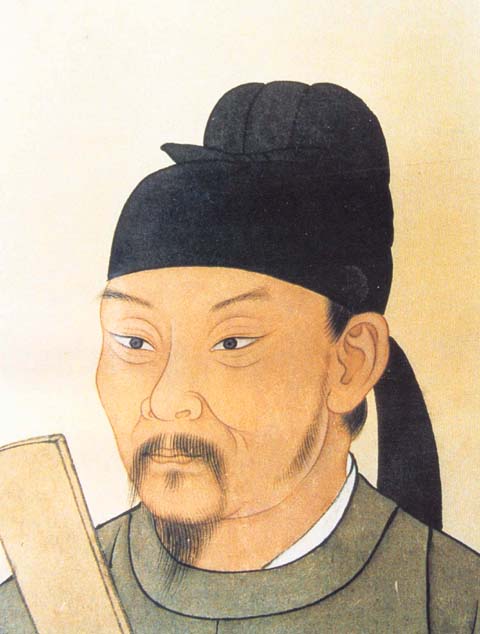
It's the promise of new life which gives this season its special character, but one poet used the fecundity of spring to ironically point up the fact that the Tang dynasty in China, the time in which he was writing, was busy destroying itself with internecine warfare:
The country is smashed, hills and rivers remain.
The city turns to Spring, plants and trees grow deep.
Moved by the moment, flowers splash tears.
Resentful of parting, birds startle the heart.
Beacon fires have lasted for three months now.
Letters from home are worth 10,000 in gold.
I've scratched my white hairs ever scarcer,
until none will be left to hold hairpins to head.Translation by Paul Rouzer
春望
國破山河在
城春草木深
感時花濺淚
恨別鳥驚心
烽火連三月
家書抵萬金
白頭搔更短
渾欲不勝簪
The poet was Tu Fu (also written as Du Fu) who lived in China from 712 to 770 CE and got caught up in the so-called An Lushan Rebellion which disrupted peace in China from 755 to 763 and saw Tu Fu live an itinerant, unsettled life, which nonetheless shaped his poetry for the better.
He became one of the greatest Chinese poets of any time, with an enduring legacy that sees him still revered for his technical brilliance.
Another Chinese poet of that era, called Uefu, wrote another spring poem:
The spring wind moves a spring heart,
My eye flows to gaze at the mountain forest.
The mountain forest's extraordinarily beautiful,
The bright spring birds are pouring out clear sound.
This one sounds less ambiguous and ironical than Tu Fu's.
Another lovely spring poem was written by Bai Juyi:
The pillow's low, the quilt is warm, the body smooth and peaceful,
Sun shines on the door of the room, the curtain not yet open.
Still the youthful taste of spring remains in the air,
Often it will come to you even in your sleep.
Vernal equinox
Spring is not only a season of the weather, it also has an astronomical aspect as the vernal equinox occurs during the months of spring. An equinox, of which there are two in a year, in March and in September, occurs when the daylight hours and the night hours are the same in a 24-hour period.
Of course the equinoxes, while occurring on the same day in both northern and southern hemispheres, are opposite. In other words the vernal (or spring) equinox in the northern hemisphere is the March one while in the southern hemisphere it is the September one.
Equinoxes have, for as long as humans know, been times of special magic. In all cultures they have been marked with festivals and religious symbolism. In Japan the vernal equinox is a national holiday. In some cultures it is seen as the beginning of the year, or as the middle of spring. Other cultures designate it Mothers' Day. For Christians the vernal equinox comes close to the celebration of the resurrection of Jesus, and the time of Easter is calculated from the date of the equinox. Similarly the Jewish Passover is on the first full moon after the vernal equinox in the northern hemisphere (it doesn't quite happen that way about seven times every 19 years).
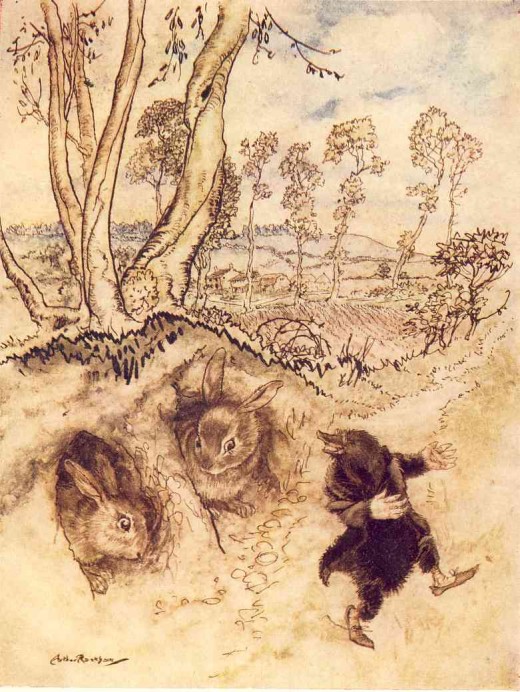
From the sublime to the gor' blimey!
In conclusion I would like to share one of my favourite descriptions of spring, from that wonderful children's book The Wind in the Willows by Kenneth Grahame. This passage describes Mole, who has been spring cleaning his home underground and he comes up above ground because “Spring was moving in the air above and in the earth below and around him, penetrating even his dark and lowly little house with its spirit of divine discontent and longing.”
“Hither and thither through the meadows he rambled busily, along the hedgerows, across the copses, finding everywhere birds building, flowers budding, leaves thrusting – everything happy, and progressive, and occupied.”
And finally, what would spring be without remembering that ridiculous little verse, spoken in a strong Bronx or Cockney accent, perhaps?
Spring
is sprung,
De grass is riz,
I wonder where dem birdies is?
De
little birds is on de wing,
Ain’t dat absurd?
De little wing
is on de bird!
Copyright Notice
The text and all images on this page, unless otherwise indicated, are by Tony McGregor who hereby asserts his copyright on the material. Should you wish to use any of the text or images feel free to do so with proper attribution and, if possible, a link back to this page. Thank you.
© Tony McGregor 2009

